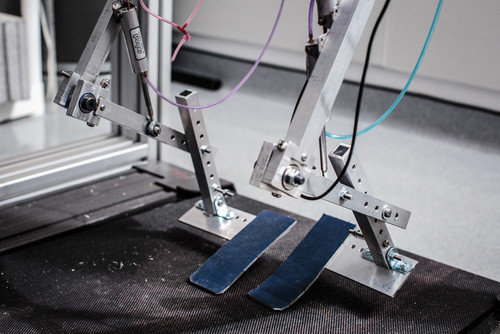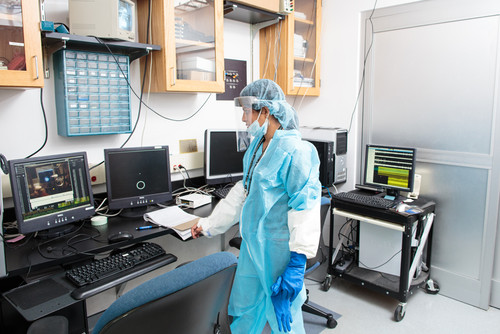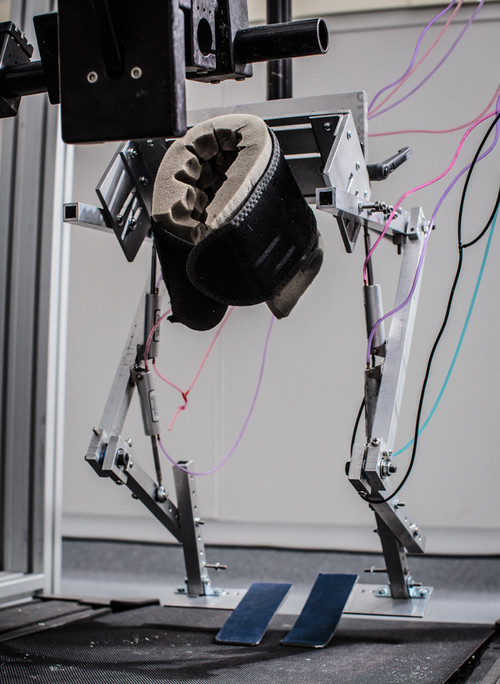Mind-Controlled Exoskeleton Will Be Demoed At The World Cup In Brazil In 2014

In 2011 a renowned neuroscientist Miguel Nicolelis publicly announced his ambitious plans to develop in 3 or 4 years a robotic body suit that would allow paralyzed people to walk again simply by thinking about it. The Brazilian government awarded him $20 million to pursue his plan and if everything goes off smoothly, Nicolelis wants to demonstrate the incredible technology in less than 16 months in his native Brazil at the World Cup. During the opening ceremony, a young paralyzed person will step onto the field in a robotic exoskeleton operated by electrodes implanted in his or her brain, walk about 20 steps, and kick a soccer ball. Nicolelis says, that a small part of the funding will go toward the demo, while the rest will be used to establish a neurorobotic rehabilitation and research center at a hospital in São Paulo. Scientists have lately developed brain-machine interfaces that allow paralyzed humans to move a computer cursor or even use a robotic arm to pick up a piece of chocolate or touch a loved one for the first time in years. Nicolelis aims to get paralyzed people up and walking around and is currently developing this technology on monkeys at his lab at the Duke University. Monkeys are now being trained to control an avatar with their mind: what the real monkey thinks, the virtual monkey does. In some months researchers will temporarily paralyze the legs of a monkey with an injection, and the primate will then try to transfer what it’s learned from playing with the avatar to control the exoskeleton with its thoughts. In the Brazilian media, some scientists have censured Nicolelis’ plan as premature, an expensive stunt, funded with scarce federal research money and aimed more at creating a spectacle than advancing science. Nicolelis is sure that the patient selected for the demo, and many others, will benefit from the technology in future. 10 patients will be selected for initial training: the trainees will learn to control an avatar on a computer screen, but with brain signals recorded by non-invasive EEG electrodes to start; then one recipient will get electrode implants in his or her motor cortex. You can learn more about the project at wired.com.


| Tweet |











